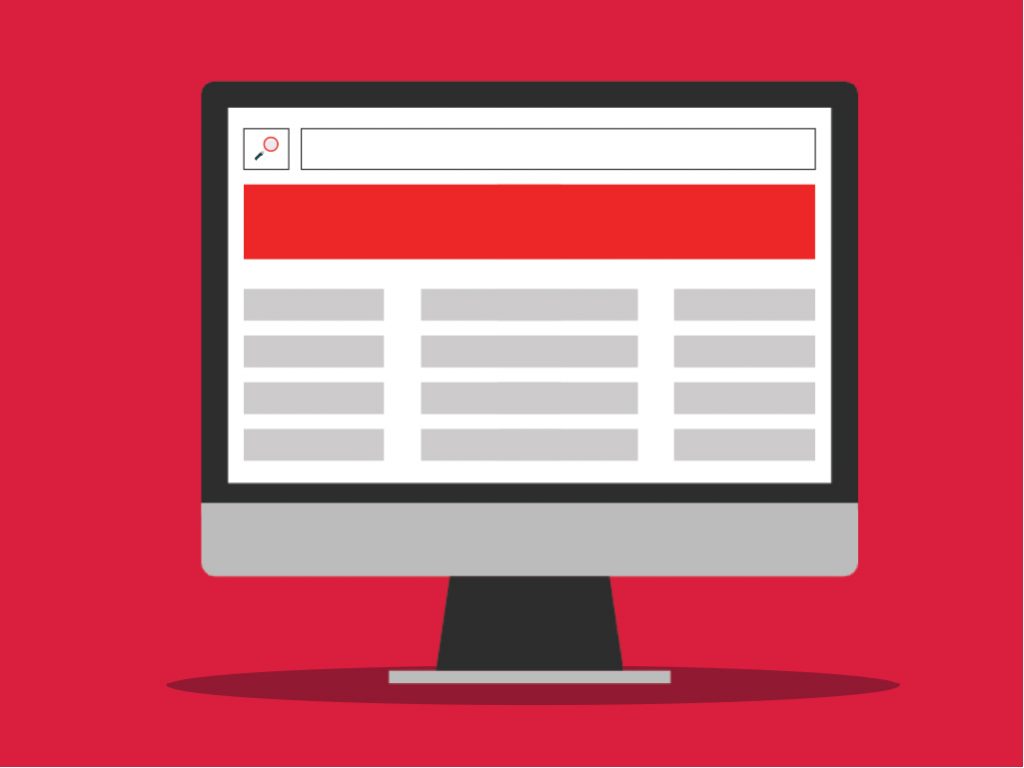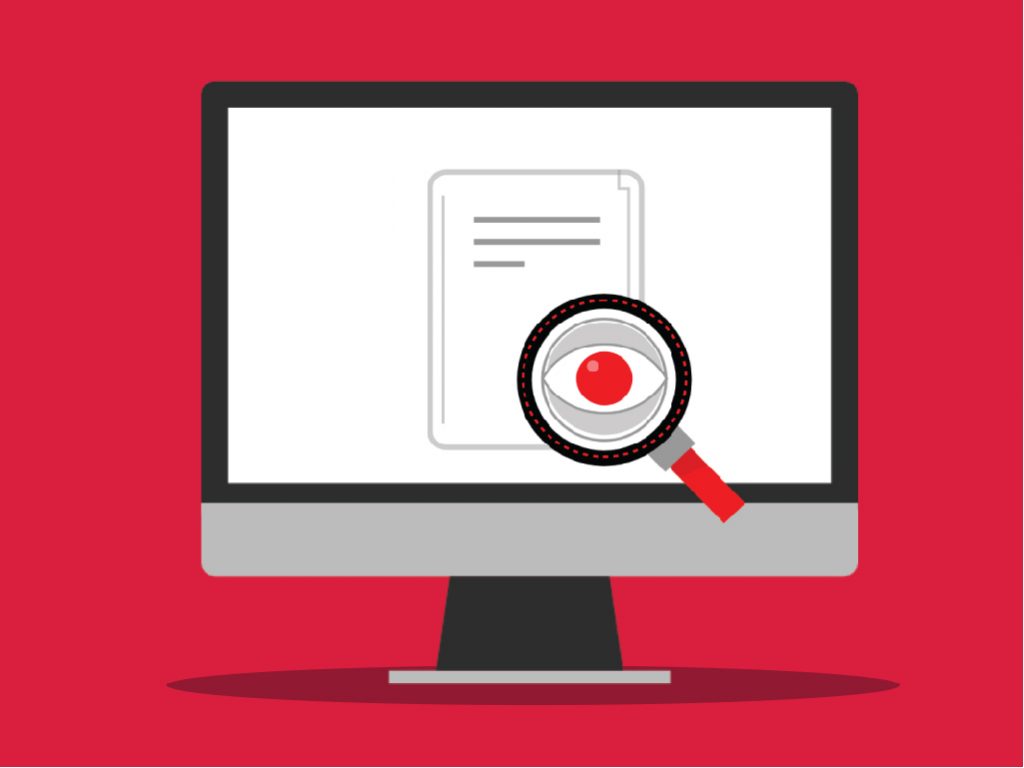How to Determine Low-Quality Pages on Your Site
SEO professionals have, at one time or another, experienced having low-quality pages. There are numerous factors in play when Google judges what quality a page has. From the searcher’s behavior to spelling mistakes, a lot of things determine your page’s quality.
The great thing about knowing if your pages are low-quality is the chance to optimize them and make them better than they could have been if they were already high-quality. However, knowing if your pages are low-quality is a skill that not many SEOs try to learn. That’s why today’s article is all about teaching you how to determine if a page is low-quality in Google’s standards. Let’s start.
Google’s Standards
As most of us know, Google considers numerous factors when they determine if a page is low or high-quality. Some of them are already known to us, and others would be surprising. They are:
- Unique Content
- Unique Value: Aside from looking at unique words, phrases, and sentences, Google also looks for the value of your page, and if it is different from all the rest.
- Links To The Page: Google likes to see numerous external sources linking to a page because it tells them that the page is actually worthy of referencing.
- Links from high-quality Pages: Google also looks at the quality of pages that you link to and that link to you. If they are high-quality, Google often interprets that as a good sign.
- The Page Answers the Query: Google can actually determine if your page answered the searcher’s query. They do this by looking at the user’s search journey. If they search for a specific object, query, or event, and they enter your page, then after a while they go back to the search engine and search for an entirely different thing (or do a completely different task), Google interprets that as your page successfully answering their query.
However, if someone searches for something, then they enter your page and goes back to the search results and clicks on a different page, then Google considers that as a failure to answer the searcher’s query.
Some factors you have to remember regarding your page is:
- It has to have a fast page load time
- High-quality Usability and Accessibility on any Platform
- Grammar and Spelling: This is actually surprising. I remember reading about a featured snippet of Moz being taken down because of a typographical error. When they fixed the error, the featured snippet went back up. This is actually a cause for further research, but if you’re already writing, make sure that you don’t commit any errors.
- Non-text Content Needs to Have Text Alternatives: Google’s constant encouragement of the use of alt attributes actually carries a lot of weight. That’s why when SEOs put out videos, they incorporate a transcript with the video, and Google is pleased whenever that happens.
- Well-organized and Well-written Content: Google interprets your content through the use of a variety of things, but they do have machine learning systems that understand how well your content is organized and written.
- Sources: Google likes to see your content point to other sources of information. That’s why it’s always good if you put in links that point to different pages to your content.
This is not the totality of the factors, but it still helps if you know these.
How NOT To Determine A Page’s Quality
SEOs are not almighty. We do not have access to each and every one of the factors that Google uses to measure the quality of our pages. But there are still things which we can look at to help us determine the quality. These are the things you SHOULDN’T look at:
- Time on Site – You should not look at these things because they could be misleading. There are numerous reasons why people stay longer on your website. They could be thoroughly invested in your content. But it could also be because they are trying to find the answer to their query, and if they don’t they go back to the search results for the content that has the answer. Or you have a lot of pop-ups, and they can’t find the right button to close it, so they scroll down to look for it. Basically, they can be unsatisfied with your query even if they spend a long time on your website.
- Raw Bounce Rate – This is similar to the first one. A high bounce rate is acceptable if you are only answering a simple question, or if you want them to go to another page for another piece of content. You can have a very high bounce rate, but still be able to answer the searcher’s query. You did what Google wanted you to do. This is why you should not look at bounce rate as a metric for your page’s quality.
- Assisted Conversions – The page could not convert a single person or it does not convert in line with your conversion goals. However, it does not mean the page itself is low-quality.
- Organic Visits – You could have a high-quality page does only receives a small amount of traffic. Conversely, you could have a low-quality page that receives huge amounts of traffic because it’s still ranking or because of the long tail keywords, however, it still is not up to Google’s standards. If you look at your organic visits on a weekly or monthly basis, then you MIGHT find something that can help with determining your page’s quality, but if you check it on a daily basis, then it will not help in the slightest.
How TO Determine A Page’s Quality
To help you better understand, I’ll group the metrics so that you could have an easier time understanding how to determine a page’s quality. They are:
- Engagement Metrics:
- Total Visits
- Internal and External
- Pages per Visit – A good sign for your website is when visitors go to other pages other than the one they landed in. If they only go through a few of your pages, that could be a potentially bad sign. This metric should not be taken in by itself, you should group it with time on site, total visits, external visits, and bounce rate.
- Offsite Metrics
- External Links
- # of Linking Root Domains
- Page Authority and Social Shares – Social share is also something that you should take note of. Even if your page’s content does not match with the searcher’s query/needs, it could still be considered high-quality.
- Search Engine Metrics
- Indexation – Typing a URL into the search bar and finding out if the page is indexed or not could be helpful.
- Ranking for Title
- CTR – You can go to Google Search Console and look at the page’s click-through rates.
- Uniqueness – This is not about the uniqueness of your content, but the uniqueness of your page (duplicate content/pages). Try to input a URL and see if multiple pages show up that came from your site, or input your page’s title and find out if multiple URLs show up. This means that your page’s uniqueness has problems, and you might want to start fixing your duplicate content.
- Review Your Pages
- Subdomain, Subfolder, and Subsection Pages – Review your pages that are in these three and think about their purpose. Assess if they help searchers, if they are up to date, or if they are up to your standards.
How To Compile
Through these group of metrics, you can compile your pages into 3 groups. Start by exporting all your URLs, note that there are applications and software such as Screaming Frog or DeepCrawl, and you can export them into a spreadsheet including the metrics. You can then sort and filter your URLs, and begin creating algorithms or a metric combination that can help you identify the URLs, and you can check them through the review you just did. They would be grouped into:
- High Importance – Important pages, high-quality content. Basically, pages that you will keep.
- Needs Improvement – These are the pages or content that needs updating, revamping, or additional data, but is still good enough to keep. These pages are not necessarily low-quality, but it’s not up to your or your company’s standards. Improve or republish them.
- Low-quality – These are the pages that are low-quality in all aspects, but you don’t need to delete them immediately. If you have a handful of these, then this gives you the opportunity to do some testing. One test you can do is to remove a hundred or thousands of these pages, and see if your crawl budget, rankings, indexation, and search traffic increases. If you get the used to test these kinds of pages, and you continuously remove or improve low-quality pages, you’ll often times notice great results from Google.
Key Takeaway
A page’s quality is important for your website, and the tips I’ve mentioned above could help you with your SEO campaign. Always remember that when individual problems pile up in your website, you will have a much harder time fixing all the errors, issues, and problems.
A page is just one component of your website, but it is definitely one of the most important components. If you’re optimizing a website, make sure that the pages are high-quality, and are able to satisfy Google’s standards.
Do you know other ways on how you could determine your page’s quality? Let’s talk in the comments section below.




